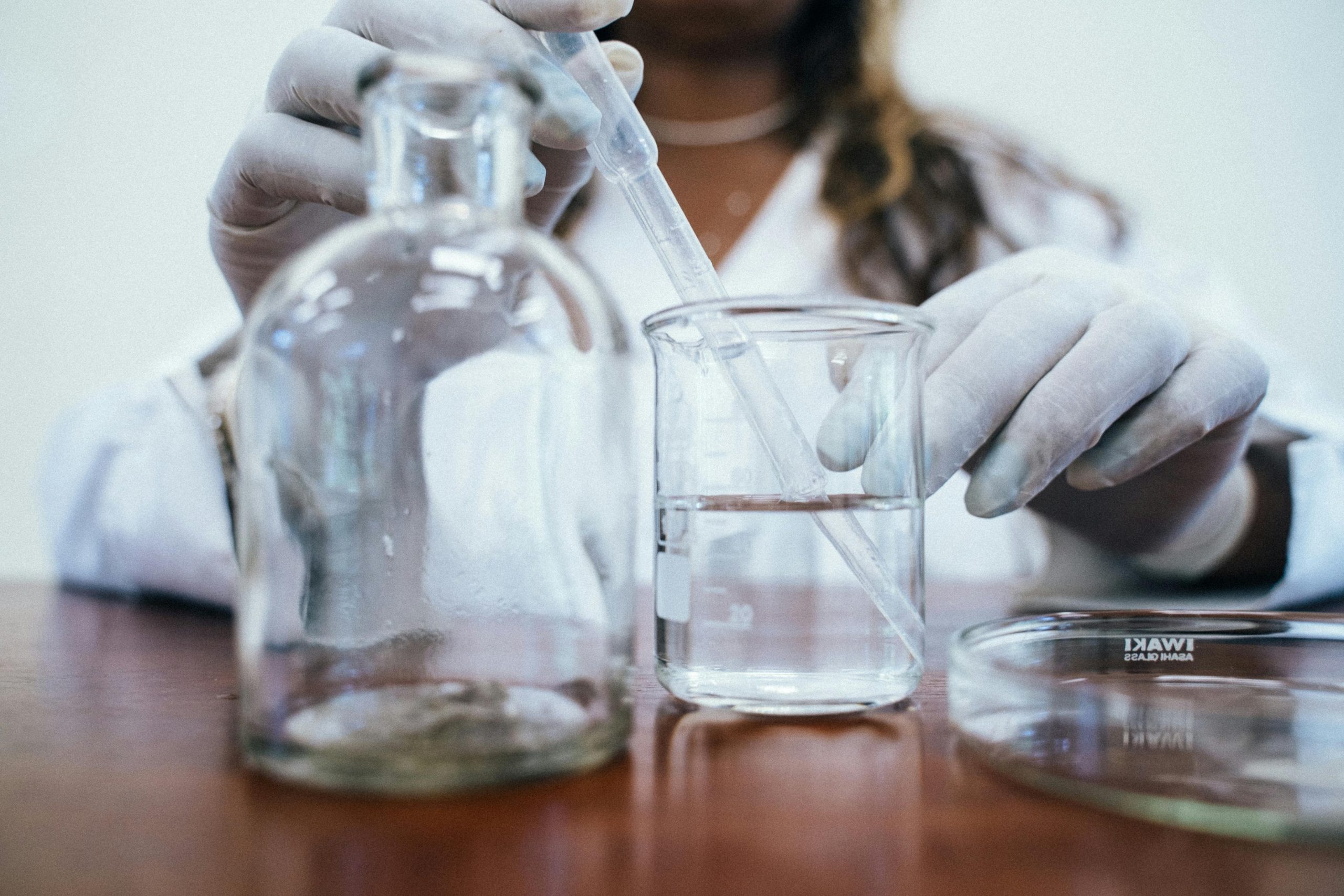Summary
This test is a standard ecotoxicity guideline used to assess the short-term toxic effects of chemical substances on freshwater invertebrates. The test is a critical component of environmental risk assessments for chemical substances that may enter into aquatic environments.
The OECD 202 Testing Method
This is a 48 hour static (or semi-static/flow-through) test that measures the percentage of juvenile Daphnia that are immobilized after exposure to at least 5 graded concentrations of a chemical substance. In this test, immobilization can be defined as the inability of the daphnid to swim within 15 seconds after gentle agitation of the test vessel. A control group (no test substance) is used for comparison. The most common test organism used is Daphnia magna Straus. These organisms are ecologically important and sensitive to a wide range of toxicants, making them an ideal test organism. It results in a calculation of the 48 hour EC50 (and optionally the 24 hour EC50), NOEC/LOEC and dose-response curves.
Here are some additional details about the OECD 202 test method:
- Substances that can be tested:
- Water soluble or dispersible chemicals
- Water solubility and vapor pressure should be known
- Test organisms:
- Daphnia magna Straus are preferred (other Daphnia sp. may be acceptable if culture performance is demonstrated).
- Juveniles <24 hours old, preferably not first brood
- Exposure period: 48 hours (immobilization measured at 24 hours and 48 hours)
- Test design:
- At least 5 geometrically spaced concentrations with control vessels
- 4 replicates with 5 daphnids at each concentration level
- Optionally, a limit test at 100 mg L⁻¹ or solubility limit is allowed
- Medium: Reconstituted or natural water with pH of 6-9 and hardness of 140–250 mg CaCO₃ L⁻¹
- Volume: 20 mL animal⁻¹ minimum (e.g., 50-100 mL beakers loosely covered)
- Environmental conditions:
- 20 ± 2 °C
- Photoperiod is commonly 16 hours light/8 hours dark
- Feeding: None during 48 hour test
- Observations:
- Daphnids are counted as immobilized if they are unable to swim within 15 seconds of gentle agitation
- Sub-lethal effects are also recorded (e.g. surfacing, spasms)
- Endpoints:
- 48 hour EC50 (optionally, 24 hour EC50)
- NOEC/LOEC via ANOVA
- Any other abnormal behavior is reported
- Validity criteria:
- Less than 10% immobilization in controls
- DO at least 3 mg L⁻¹ in all vessels
- Reference toxicant:
- Potassium dichromate (24 hour EC50 of 0.6-2.1mg L⁻¹ in all vessels)
- Tested every 1-2 months to confirm test integrity
Interested in OECD 202? Contact Our Team Today
When you are looking to quickly, efficiently, and accurately test your products for biodegradability and ecotoxicity, Aropha is here to help. We want to make sure your products are properly tested in a tight turnaround time so you can get your products to market as soon as possible. We combine our digital twin simulation platform with our biodegradability and ecotoxicity testing to streamline your development, allowing you to get your products to market faster than using internal labs or other third-party testing laboratories.
In addition to OECD 202, we offer a wide range of biodegradability testing for countless products and industries. So, even if you need additional testing, our team has you covered.
Pricing
Contact us for High-Throughput Screening PricingContact us for Biodegradability Certification Pricing

